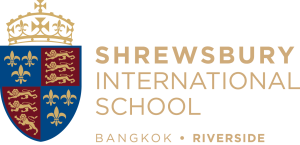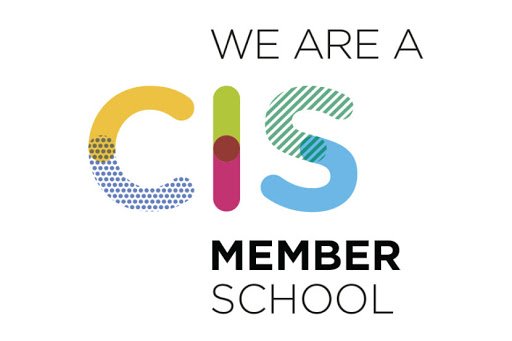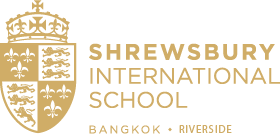TERM 2 REVIEW 2019-20
BIOLOGISTS GET EXPERIMENTAL IN KAENG KRANCHAN
On Tuesday 11th February, Y13 Biologists were extremely excited to set off to Kaeng Krachan in Phetchaburi Province, home to a wide array of flora and fauna. The 4-day trip was an opportunity for students to develop their practical skills and techniques through first-hand experience as well as gain further understanding of the biodiversity around us, beyond the classroom.
After arriving in Kaeng Krachan, we were introduced to our first practical: using the ‘capture-mark-release-recapture’ technique to study the distribution of mobile organisms (beetles) that were local to the area. This activity aimed to estimate the total population size of beetles living in the survey area. And so, on the following morning, we set off to construct beetle traps amongst the dry vegetation, ensuring the traps were level with the ground so wandering beetles could be easily caught.
The afternoon was spent investigating the relationship between light intensity and the quantity of a particular plant species in a specific area. This activity not only required biological understanding and skill but also demanded teamwork and communication skills. Different team members were assigned various tasks, including measuring out 20m x 2m areas, measuring light intensities as well as counting the number of subject species. After collecting ten data sets, the Spearman’s Rank Formula was used to determine the strength of correlation between sunlight and distribution of the particular plant species.
![]()
Day one ended in high spirits with a variety of team building games ranging from relays and building catapults to sponge rival teams. It was a memorable evening where friendships were formed and strengthened.
Day two began with a revisit to our first practical involving the local beetles. A surprising number of beetles (all of which strikingly resembled toothpicks) were found in our traps. Following the stages in the capture-mark-release-recapture technique, the beetles caught were marked with water-colour paint, ensuring the colour would not cause the insects any distress or increased visibility to predators and finally, they were released into the wild. Following our beetle revisit, we set off to our next practical, which involved exploring the relationship between non-grass plants and sunlight. Once again, students delegated tasks amongst teams to efficiently and accurately collect data, in a set area, in shade woodland, and sunny grassland. Data was extracted by randomly selecting ten sampling points using numbers from a random number table and laying quadrants to study the presence of non-grass vegetation. A statistical hypothesis test called the ‘Chi-Squared Test’, was completed to determine the significance between sunlight and the distribution of non-grass vegetation. Ultimately, most groups accepted their null hypothesis, concluding there was no significant difference between the growths of non-grass plants in shady or sunny areas.
The remainder of the morning was spent on two other practicals. First, the relationship between height and girth of a particular tree species was analysed using another statistical test, the ‘t-test’. As the height of trees were too tall to measure directly, a bit of mathematical knowledge was used. A clinometer was used to measure the angle of elevation of trees and using trigonometry, the height of trees was calculated. After careful evaluation of data and results, the majority concluded that there was a significant difference between both the height and girth of the two populations. The last practical involved observing the presence of lichens, a particular algae/fungi symbiosis. The lichens are indicators of sulphur-dioxide levels, and whether the distribution of these lichens were influenced by aspect. Another chi-squared test was used and all groups accepted their null hypothesis, indicating no significance difference between lichen and aspects.
The following day, before returning to Bangkok, we had the opportunity to visit the Laem Phak Bia Royal Project (LERD), an initiative founded by His Majesty King Bhumibol Adulyadej which aimed to tackle the problems involving wastewater treatment in Thailand. We were introduced to the types of biological procedures they carried out to treat domestic wastewater in each of their treatment ponds, one of which was the use of both aerobic and anaerobic respiring microorganisms to remove organic waste efficiently. They even found a way to avoid the problem of eutrophication in their ponds by introducing different kinds of herbivorous fish to feed on algae.
After a small tour around the site, not only did we learnt of how impressively integrated all these stages of water treatment were, we also learned of how the LERD project had branched out to other initiatives in hopes of supporting the local communities around the area, such as providing fish and vegetables. The entire experience was enlightening and eye-opening!
Overall, our trip to Kaeng Krachan not only educated us on the fundamental principles of practical skills, but it has also been an opportunity for all of us to appreciate the wildlife and biodiversity of Kaeng Krachan. Learning about experimental techniques and the use of statistics in biology, then ending each day with engaging and interactive team games involving both students and teachers rendered our last school trip as an incredibly exciting and unforgettable one!










